When
we think of foods that contain Vitamin C, orange always comes first to
mind, but subsequent research has revealed other foods – fruits and
vegetables that contain more Vitamin C than the citrus.
These sources create a variety of choices for those who are not big fans of oranges to get the recommended level of the nutrient.
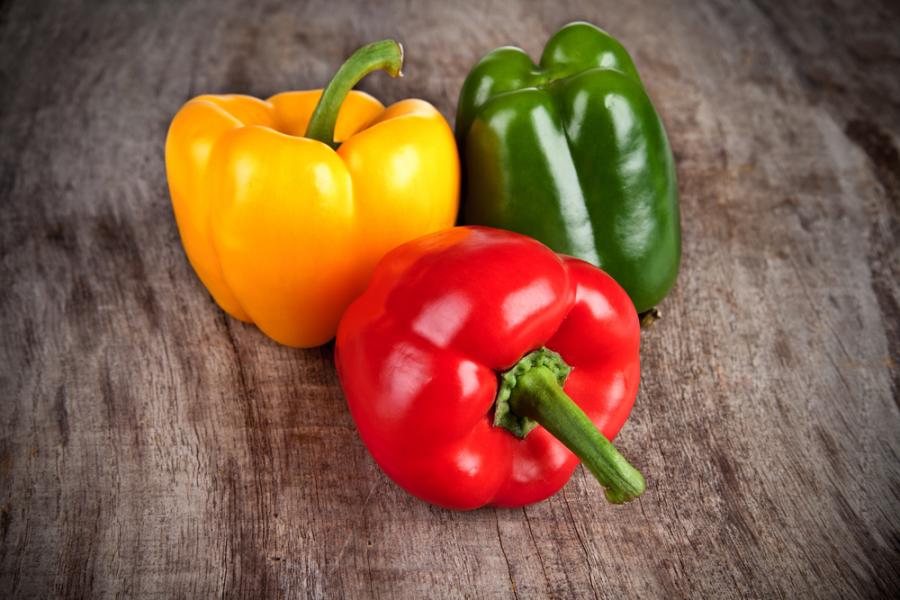
Unlike the orange which has 45 mg per one, the bell pepper has more Vit. C ranging from 95 – 152 mg. Whether green, yellow or red, the bell pepper has loads of the nutrient and it is best eaten raw to get the best effect in the body. Red bell has about 152 mg of Vit. C than the green bell pepper which has about 95 mg for one medium size.
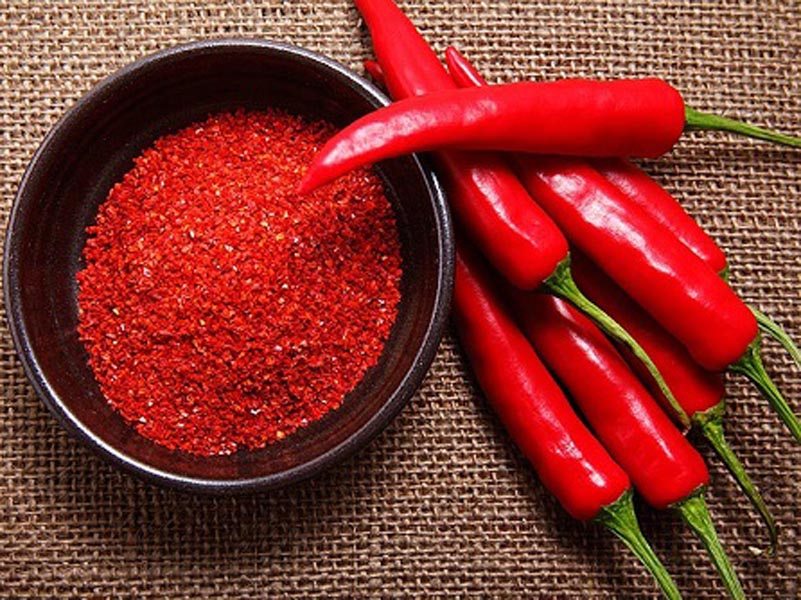
Many people believe pepper has no nutritional value not knowing the hot spice contains Vitamin C as high as 107.8 mg more than the Orange (45 mg).
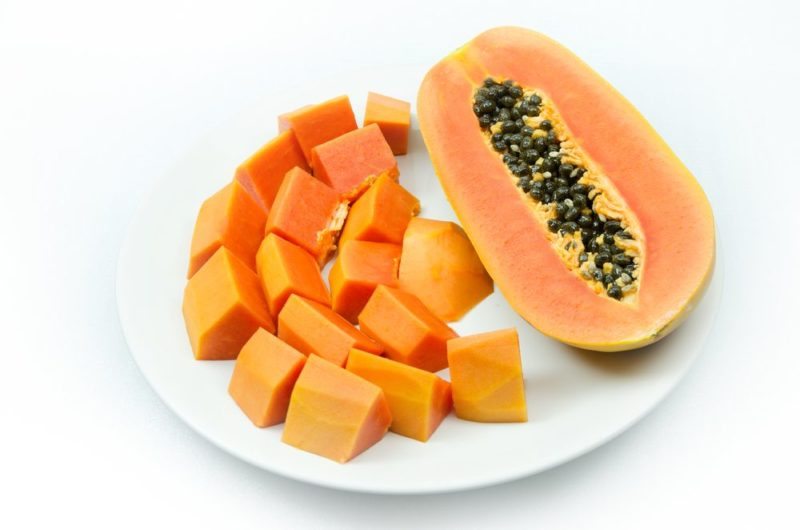 The pawpaw is packed with Vit. C enough to keep you glowing.
The pawpaw is packed with Vit. C enough to keep you glowing.
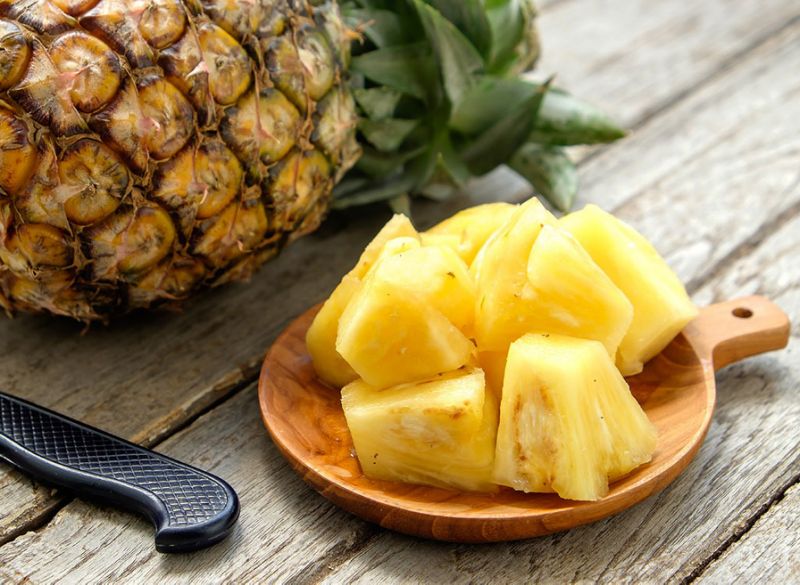
More than the quantity of the nutrient found in Oranges, one cup of pineapple contains 78.9 mg of vitamin C.

This tropical fruit not only contains vitamin A, study shows that one whole mango fruit is packed with 122.3 mg of vitamin C.

Besides being a yummy fruit, strawberry is an excellent source of vitamin C which a powerful fast working anti-oxidant. One serving of strawberries contains 51.5 mg of vit. C-about half of your daily requirement. A 2010 UCLA study discovered that the antioxidant power in strawberries becomes “bioavailable” or “ready to work in the blood” after eating the fruit for just a few weeks.
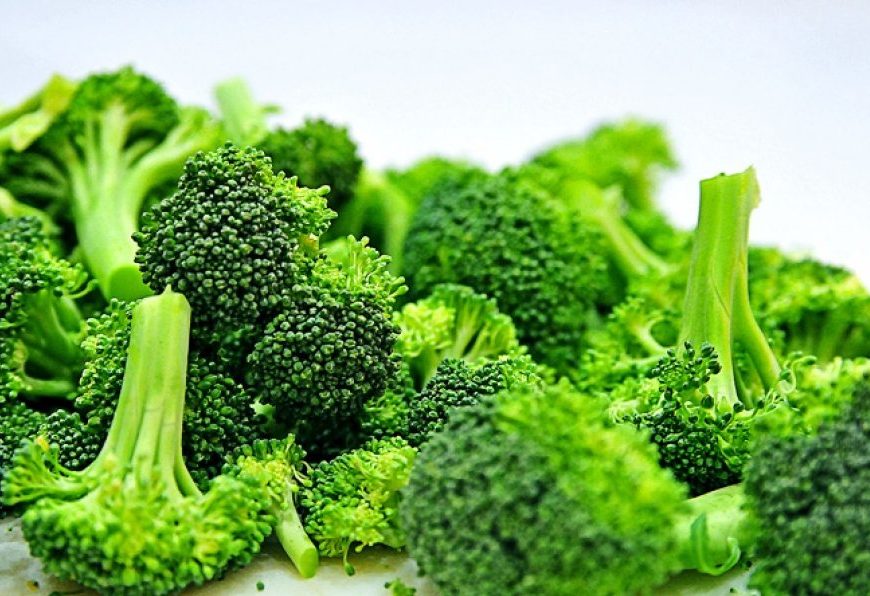
This is a member of the cruciferous vegetable family and if eaten raw, it provides the body with more vitamin C more than the orange fruit. Broccoli provides 81 mg in just one cup which is more than what you need in an entire day.
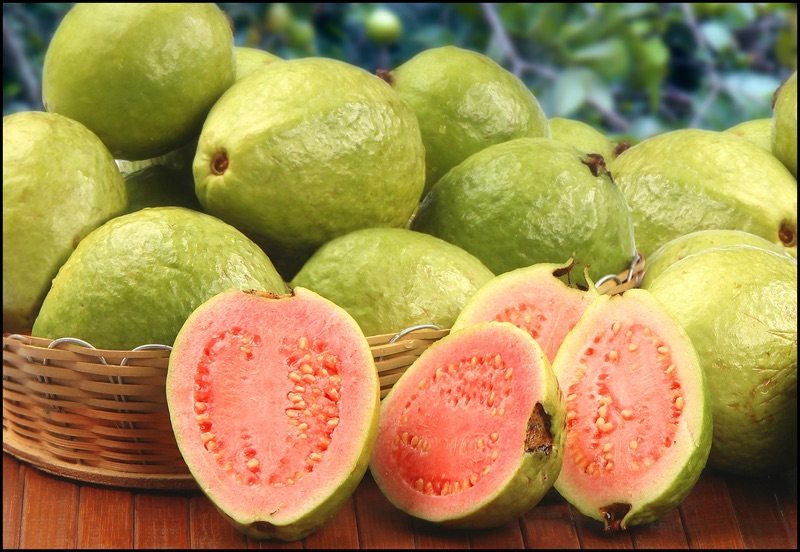
I bet you didn’t know about this, but guava rank highest – about 228 mg, 380% Vitamin C – among the others.
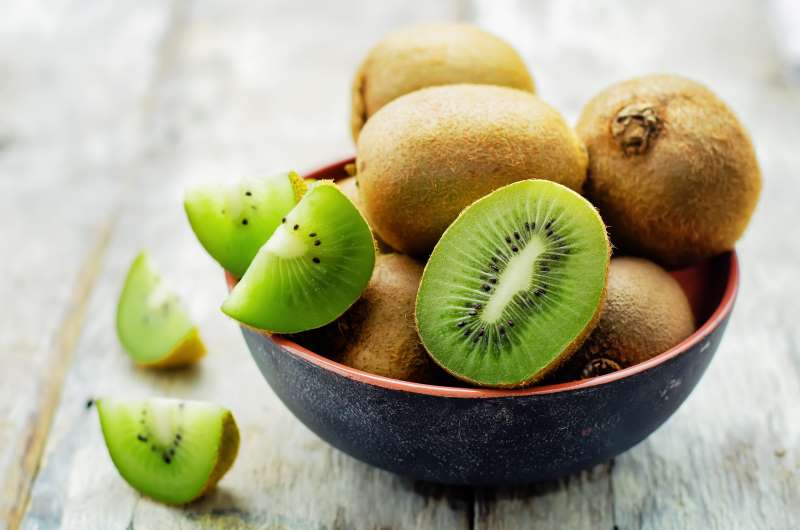
The Kiwi fruit also known as the Chinese gooseberry is low in calories with about 82 mg of Vitamin C per one serving.
Other fruits with more Vit. C than the Orange include:
These sources create a variety of choices for those who are not big fans of oranges to get the recommended level of the nutrient.
Foods with more Vitamin C than Oranges
1. Bells Pepper

Unlike the orange which has 45 mg per one, the bell pepper has more Vit. C ranging from 95 – 152 mg. Whether green, yellow or red, the bell pepper has loads of the nutrient and it is best eaten raw to get the best effect in the body. Red bell has about 152 mg of Vit. C than the green bell pepper which has about 95 mg for one medium size.
2. Chilli Pepper

Many people believe pepper has no nutritional value not knowing the hot spice contains Vitamin C as high as 107.8 mg more than the Orange (45 mg).
3. Papaya
 The pawpaw is packed with Vit. C enough to keep you glowing.
The pawpaw is packed with Vit. C enough to keep you glowing.4. Pineapple

More than the quantity of the nutrient found in Oranges, one cup of pineapple contains 78.9 mg of vitamin C.
5. Mango

This tropical fruit not only contains vitamin A, study shows that one whole mango fruit is packed with 122.3 mg of vitamin C.
6. Strawberries

Besides being a yummy fruit, strawberry is an excellent source of vitamin C which a powerful fast working anti-oxidant. One serving of strawberries contains 51.5 mg of vit. C-about half of your daily requirement. A 2010 UCLA study discovered that the antioxidant power in strawberries becomes “bioavailable” or “ready to work in the blood” after eating the fruit for just a few weeks.
7. Broccoli

This is a member of the cruciferous vegetable family and if eaten raw, it provides the body with more vitamin C more than the orange fruit. Broccoli provides 81 mg in just one cup which is more than what you need in an entire day.
8. Guava

I bet you didn’t know about this, but guava rank highest – about 228 mg, 380% Vitamin C – among the others.
9. Kiwi

The Kiwi fruit also known as the Chinese gooseberry is low in calories with about 82 mg of Vitamin C per one serving.
Other fruits with more Vit. C than the Orange include:
- Cauliflower (48 mg)
- Kale (80.4 mg)
- Brussel sprouts (74.8 mg)
SO WHAT DO YOU ACTUALLY THINK ABOUT THIS POST? WHY DON'T YOU SCROLL DOWN BELOW AND LEAVE A COMMENT FOR PEOPLE TO SEE...
Loading...
testin

No comments:
Post a Comment
What Do You Think About This Post?
Post Your Comments